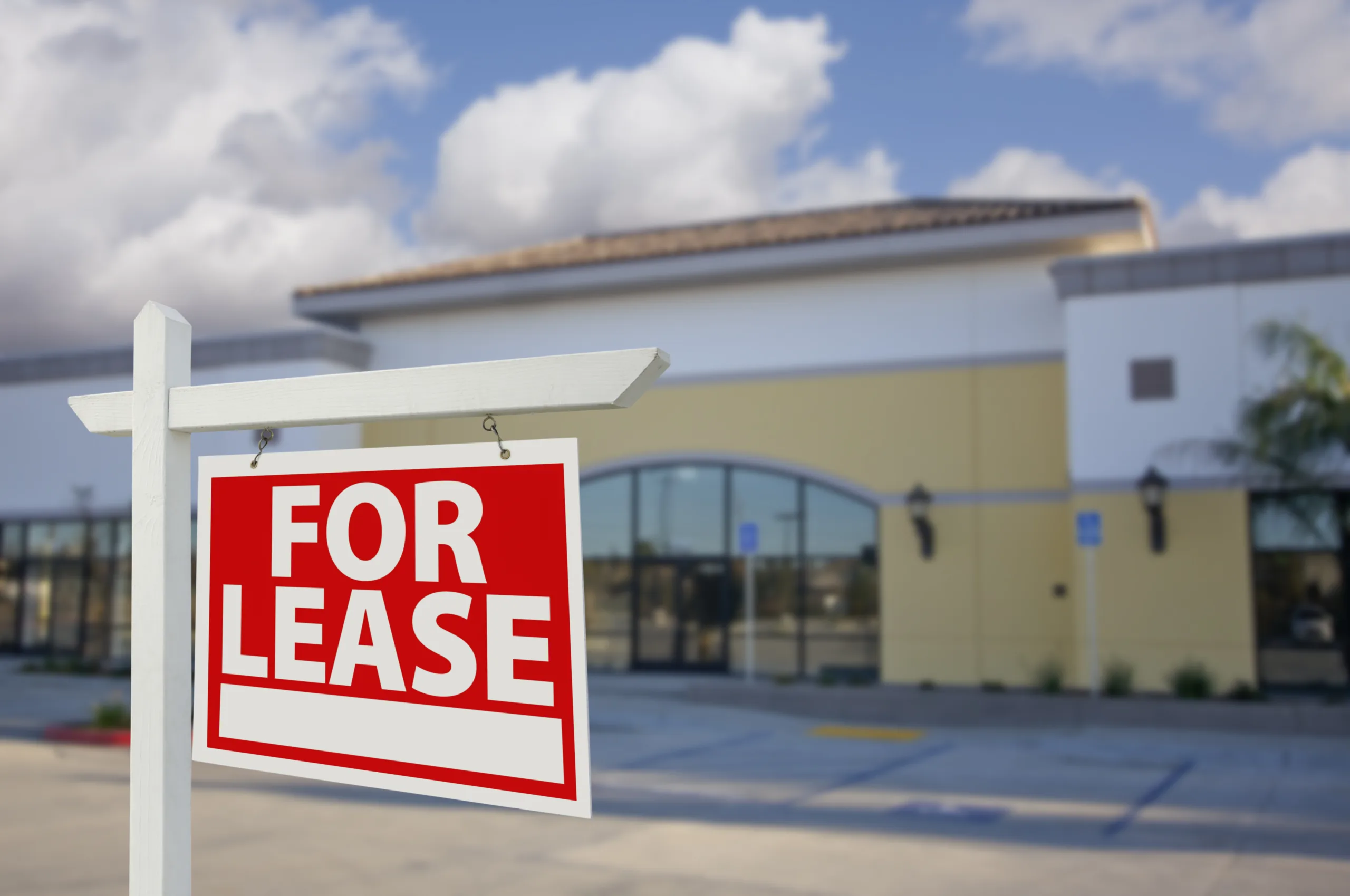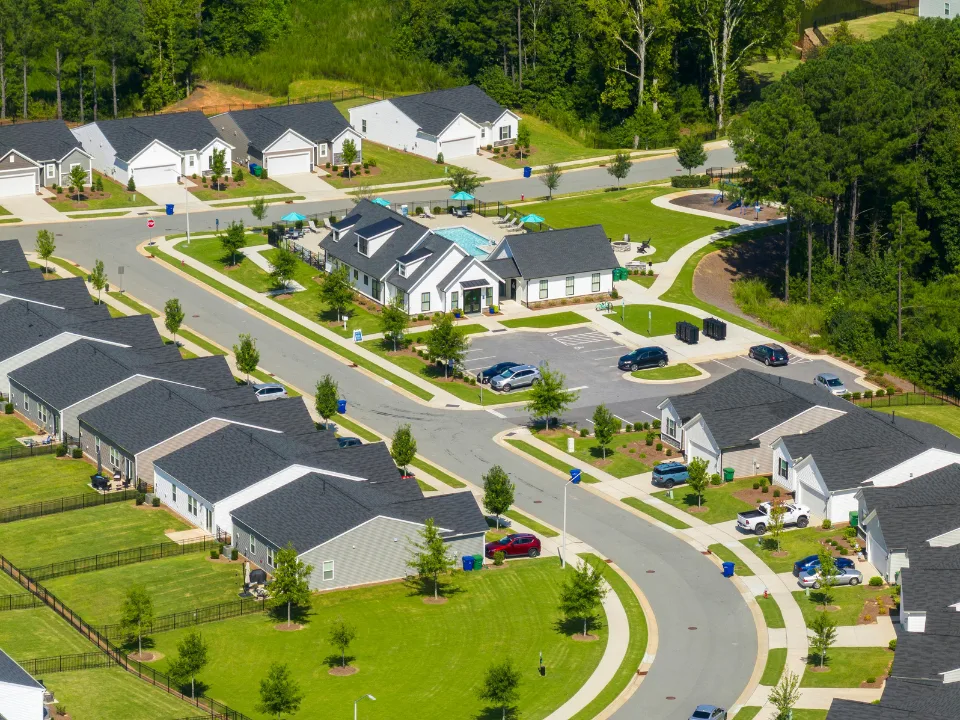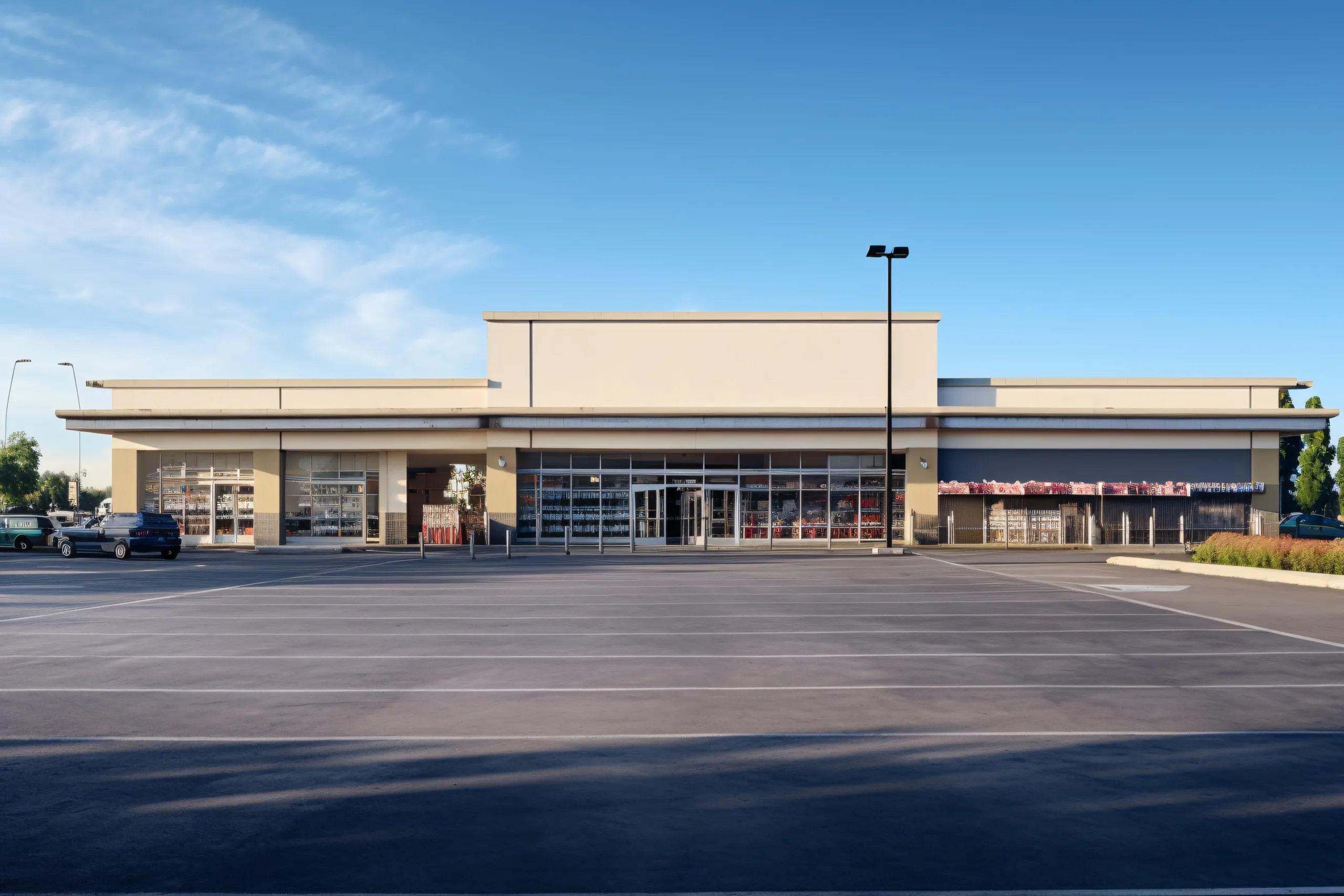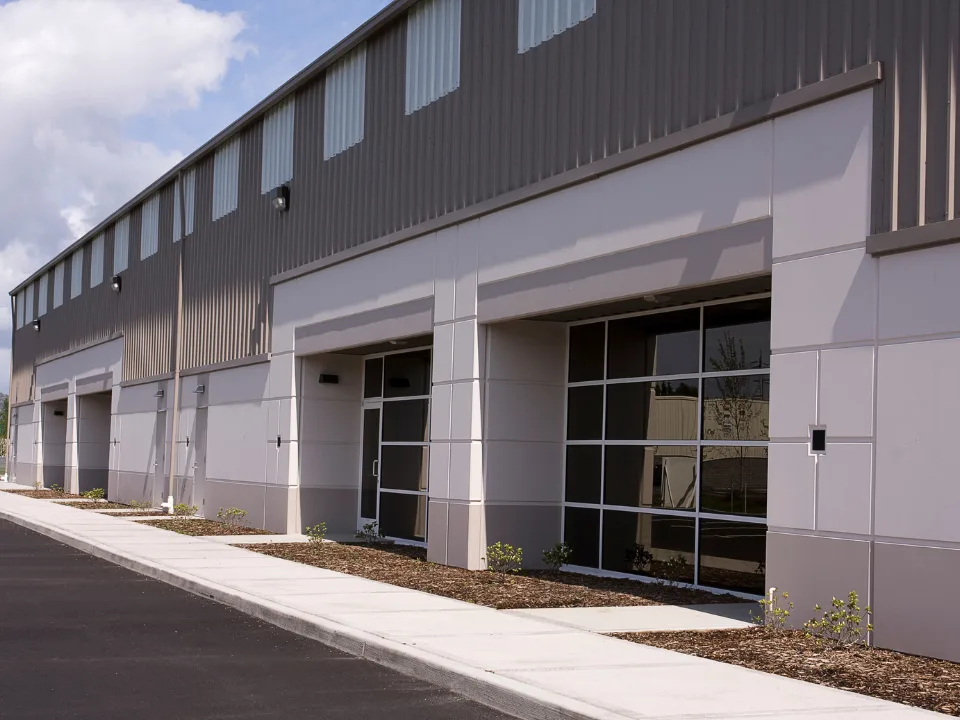- The national retail vacancy rate rose by 10 basis points in Q2 to 4.3%, as store closures and subdued leasing activity pressured the market.
- Average asking rents slipped 0.4% to $25.46 PSF — a modest decline, but one reflecting broader headwinds.
- Construction activity remains sluggish due to high costs, with only 6M SF of new retail space delivered in Q2.
- Despite these trends, overall availability remains historically low, with modern retail space in high-demand markets like Texas still in short supply.
A Gradual Loosening
The US retail market is beginning to ease after years of tight vacancy, reports Retail Dive. According to Colliers’ Q2 report, the national retail vacancy rate inched up to 4.3%, a 10-basis-point increase from Q1. Net absorption turned negative for the quarter, and leasing activity dropped by 5.2%.
Quality Over Quantity
While vacancy is rising, the space available is largely outdated — less than a quarter was built after 2000. That’s pushing demand for newer, first-generation space even higher in affluent areas and fast-growing states like Texas.
Get Smarter about what matters in CRE
Stay ahead of trends in commercial real estate with CRE Daily – the free newsletter delivering everything you need to start your day in just 5-minutes
Construction Constraints
Supply remains tight in many areas, in part due to stubbornly high construction and financing costs. Only 6M SF of new retail product was delivered in Q2, reinforcing the scarcity of modern space.
Rents Edge Down
Average asking rents declined slightly to $25.46 PSF — a 0.4% dip from Q1. Analysts expect moderate downward pressure to continue as more store closures materialize, though limited inventory could cushion the fall.
The Broader Picture
Despite the softening, retail availability remains just 15 basis points above the lowest level seen in Q4 2023 and still far below the 10-year average. In short, while the market may be cooling slightly, tight supply continues to provide a stabilizing floor.
















